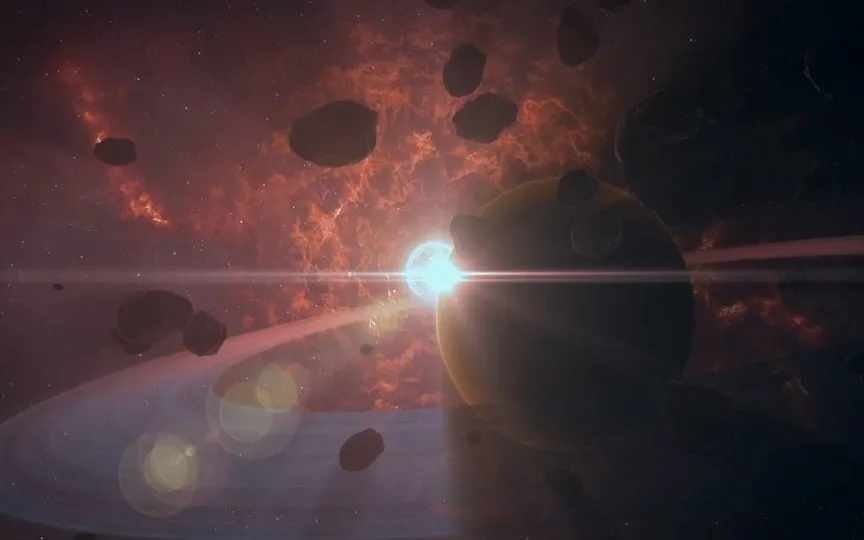Apollo Group Asteroid to Make Closer Approach than the Moon – Learn More Here
NASA has recently released information regarding an asteroid named Asteroid 2023 TK15, which is projected to come closest to Earth on October 20. This asteroid has been detected and monitored using advanced technological tools like the NEOWISE telescope, Atacama Large Millimeter/submillimeter Array (ALMA), Pans-STARRS1, and Catalina Sky Survey. Learn more about this celestial object.
Asteroid 2023 TK15: Details
This space rock is already on its way and it travels at a speed of almost 79085 kilometers per hour, which is even faster than the space shuttle! According to NASA, asteroid 2023 TK15 will pass very close to Earth at a distance of only 379,994 km, which is even closer than the Moon. For the uninitiated, the distance of the Moon from the Earth is 384,400 kilometers. It is one of the closest asteroid approaches of the year so far.
This space rock belongs to the Apollo group of Near-Earth Asteroids, which are space rocks that pass through the Earth and whose semi-major axes are larger than the Earth’s axis. These asteroids are named after the huge 1862 Apollo asteroid discovered by German astronomer Karl Reinmuth in the 1930s.
Other details
Despite the very close approach, this asteroid has been considered non-threatening due to its small size. NASA estimates it to be 130 feet wide, making it almost the size of an airplane.
This is not the first time asteroid 2023 TK15 has passed Earth, although it is the first time it has been considered a near-Earth (NEO). It passed the planet once before on June 18, 2022. It is not expected to make another close approach in the near future, according to NASA JPL.
33 Polyhymnia Asteroid
NASA recently sent a mission to study a metal-rich asteroid called 16 Psyche, which is composed of gold, silver and nickel. But did you know that there is another asteroid that is supposed to be made of elements that aren’t even on the periodic table? The asteroid known as 33 Polyhymnia was discovered by French astronomer Jean Chacornac on October 28, 1854.
According to LiveScience, this asteroid is nearly 50-60 kilometers wide and denser than osmium, the densest element in the periodic table. For this reason, it has been called a potential compact ultradense object (CUDO). Its atomic behavior may point to an element not yet on the periodic table, experts say.




